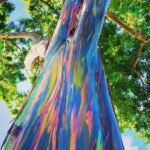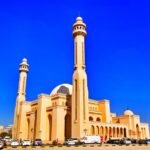The Kingdom of Swaziland is a monarchy and one of the few remaining countries in the world with an absolute monarchy, where the ruling king holds absolute power.
People often describe this country as “small but beautiful.” You can cross the entire country from north to south in less than a day. It covers an area of 17,363 square kilometers and has a population of under 2 million, making it sparsely populated. It’s also commonly mistaken for Switzerland, especially when booking flights, and it’s even referred to as “Africa’s Switzerland.” Instead of seeing it as just a country, I feel it’s more like a city.
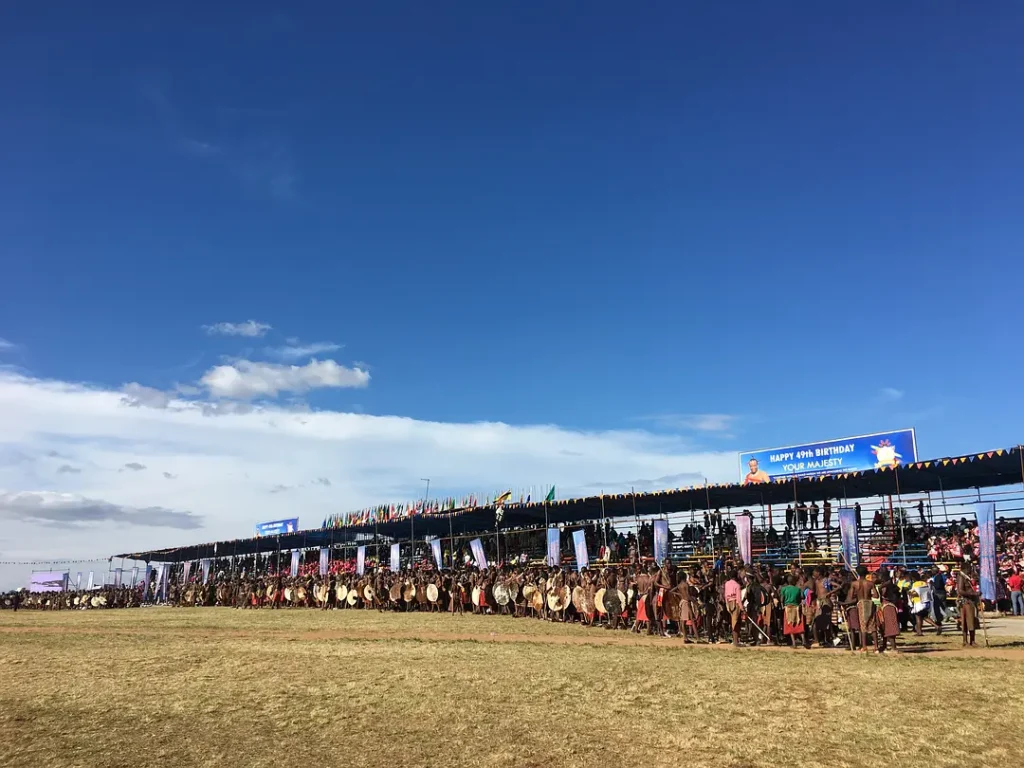
It’s an inland country located in southeastern Africa, surrounded by South Africa to the north, west, and south, and sharing a border with Mozambique to the east. It sits on the eastern slope of the Drakensberg Mountains at the southeastern edge of the South African plateau. It has its own unique charm, differing from South Africa’s modernity and advancement and Mozambique’s urbanization. It retains more of Africa’s traditional vibe, being very quiet and relatively safe. The people here are incredibly warm and kind, deeply believing in their king and passionately loving their way of life.

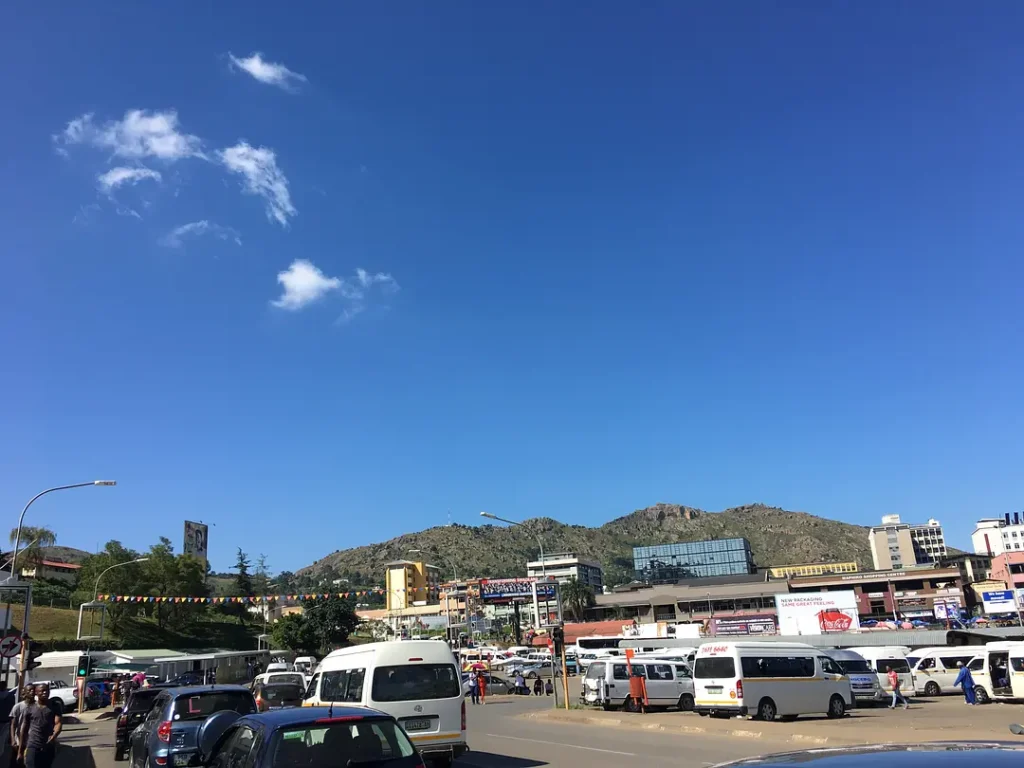
The most grand festival each year is the Reed Dance, which is essentially the king’s annual selection of a new wife. Held between August and September, the start and end dates are determined by local sorcerers observing the stars, and the specific dates are later announced in the national newspaper, TIMES. Any unmarried virgin can participate. Young women from various tribes dress in traditional attire—bare-chested with some accessories on top and various styles of short skirts on the bottom, barefoot with unique “anklets.” On this day, you’ll see many young women dressed in elaborate yet simple outfits, all prepared for the occasion. The entire nation celebrates, with the king sending cars to collect people from different tribes. Thousands of young women then enter the venue, carrying reeds, dancing traditional dances, and singing traditional songs. Each tribe’s attire varies, making for a truly spectacular sight.

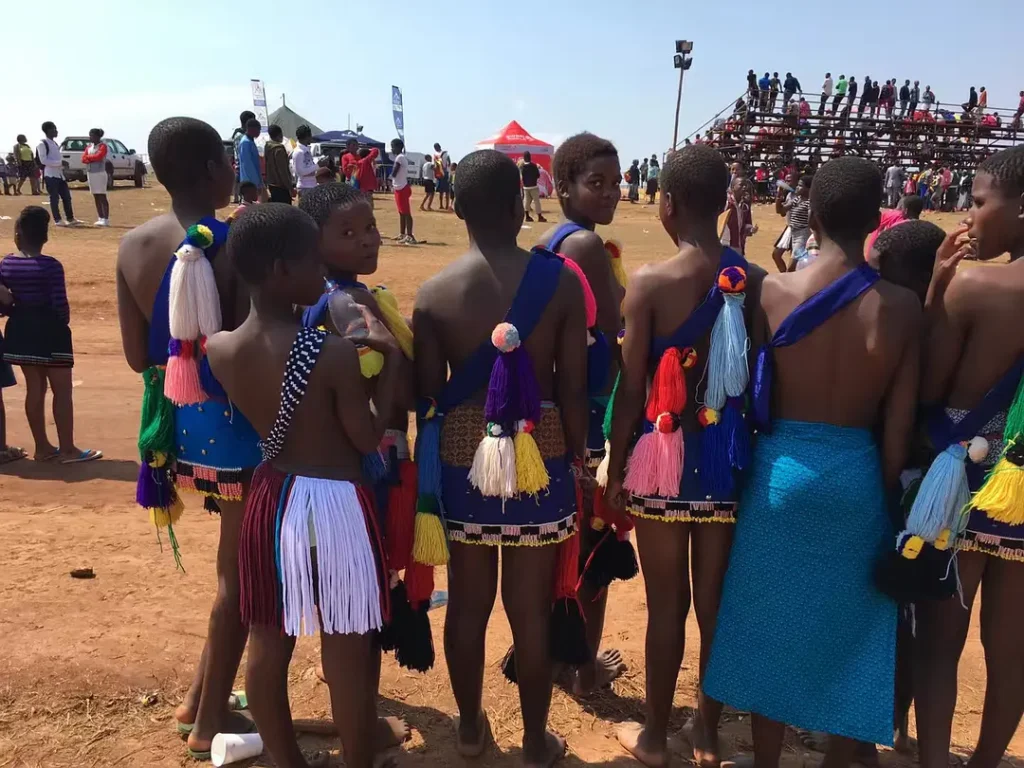
Watching this festival may make some people uncomfortable, as it involves a lot of male gaze and reflects many feudal traditions. However, for the people of Eswatini, the celebration is quite simple—this is how the original essence of the African continent appears. Just as in the Garden of Eden, Adam and Eve would not have found nakedness shameful had they not been tempted by the serpent, for Africans, nudity is also seen as a normal state, free of shame.
This has led some to develop a stereotype that Eswatini people are always scantily clad. In reality, modern civilization has long reached the African continent, and people here wear modern clothing in their daily lives.
Eswatini is a landlocked country with an underdeveloped economy, significant wealth disparity, and limited global influence, which is why it rarely appears in the global spotlight. The Reed Dance is perhaps Eswatini’s most famous event, ensuring that the country gets media coverage at least once a year—so why not embrace it?

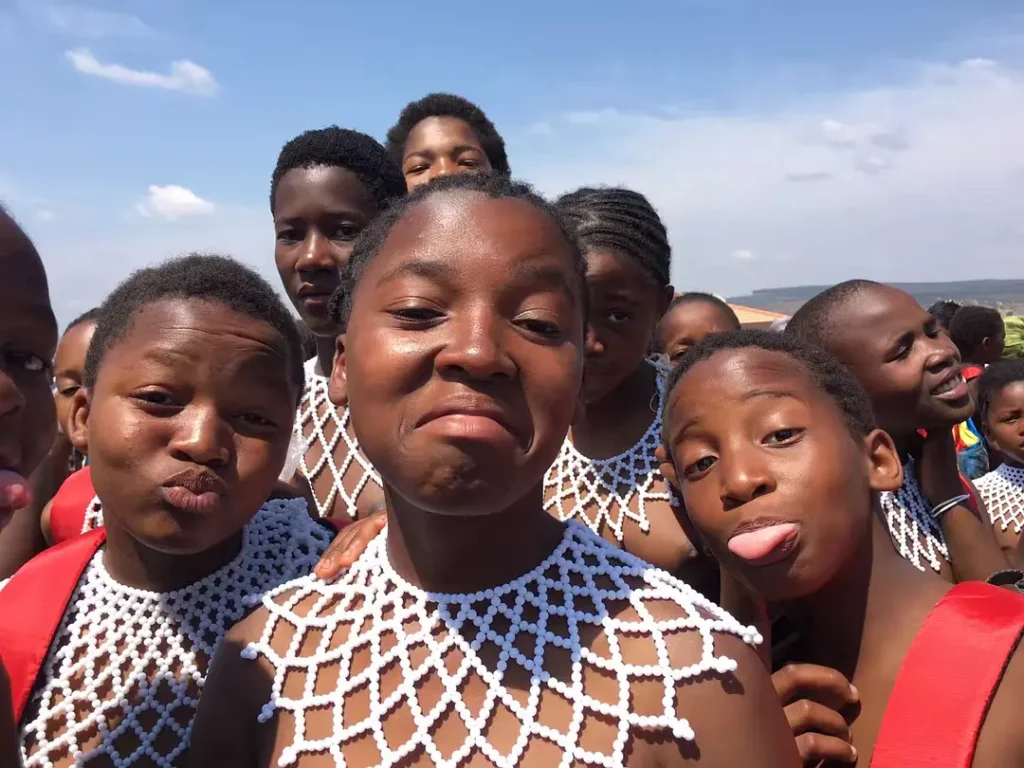
Here, cattle farming is very important because cows are used as bride price in marriage. When you want to marry a certain woman, cows are crucial—people don’t ask about your savings or whether you own a house; they ask how many cows you have. Typically, you might need 7-8 cows for a regular marriage, but it can go up to 50-100 cows for marrying a princess from the royal family. Therefore, another common sight on the roads is cows everywhere, so drive carefully, especially at night, as you might accidentally hit a cow.
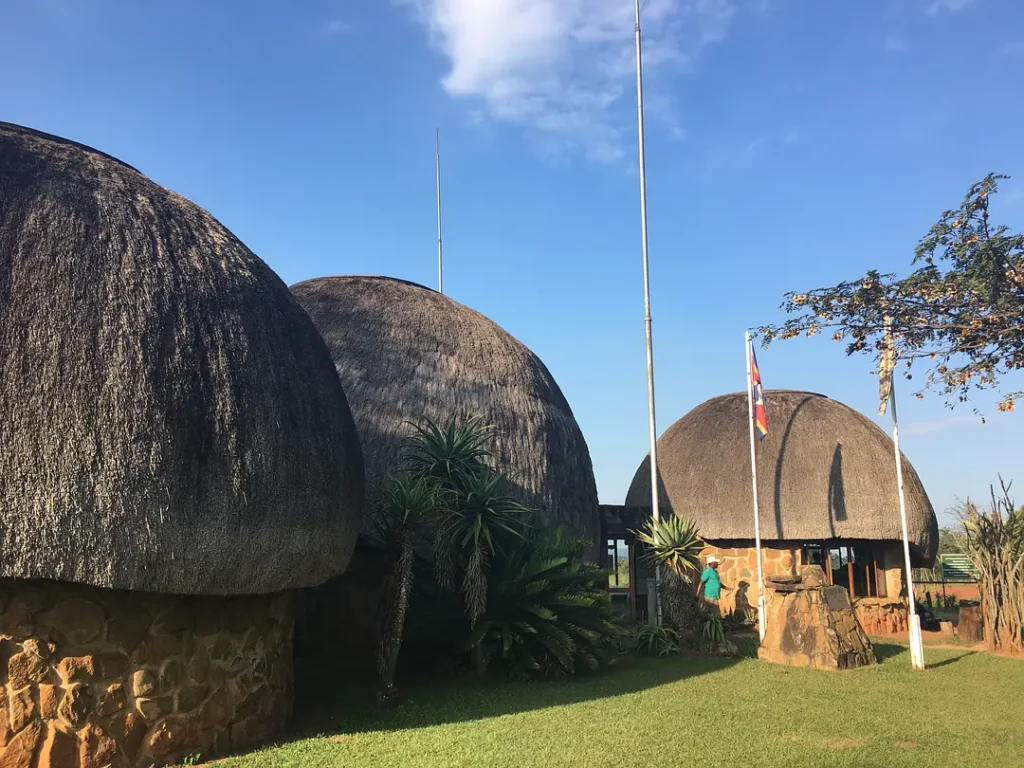
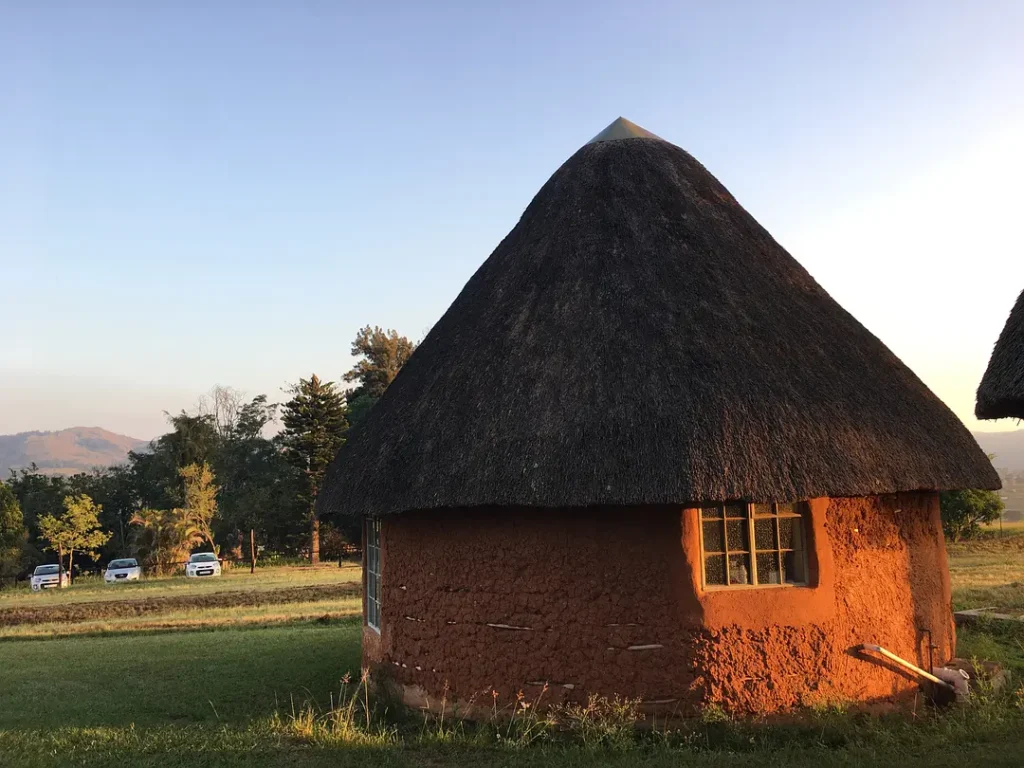
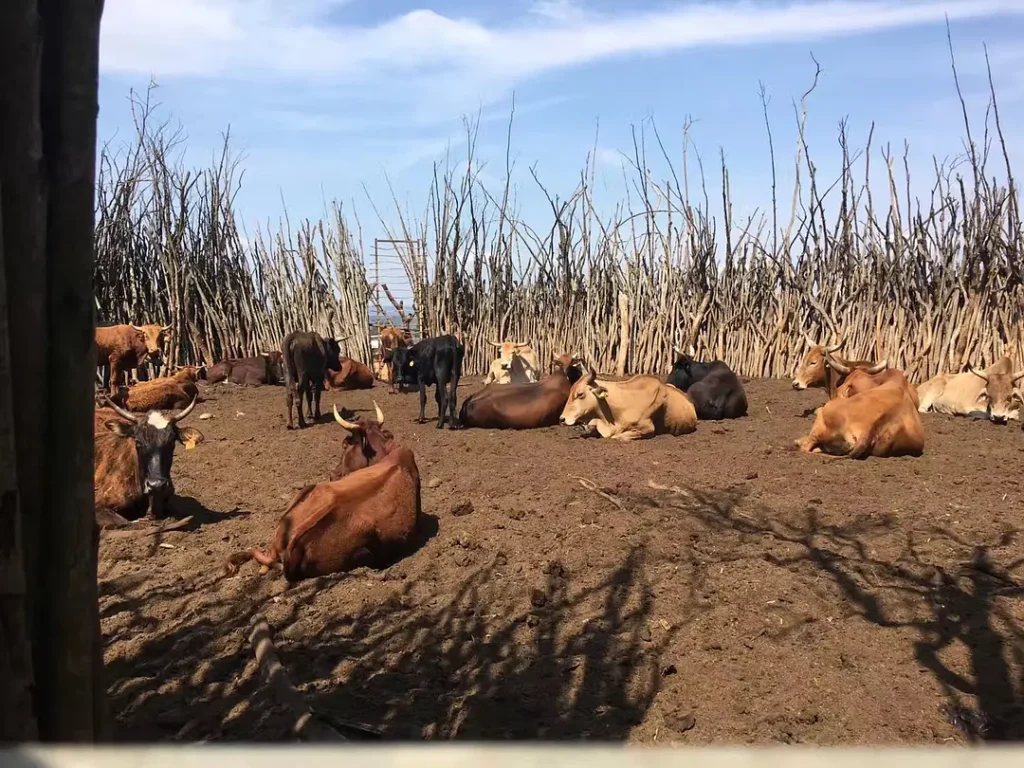
Of course, the eccentric king and the tradition of the Reed Dance not only generate significant attention but also add to Eswatini’s appeal as a tourist destination. This underdeveloped African nation is also known for its alarming HIV prevalence rate, which stands at 40%.
The example of the king illustrates that monogamy is not strictly practiced in Eswatini. In an effort to boost population growth, local culture encourages procreation. It is believed that women should have at least five children, and men are expected to father as many children as possible with multiple partners, within their means. A man may never marry yet still have many children from different partners. Among those who do marry, polygamy is common.
However, despite these challenges, Eswatini—one of the smallest countries in the Southern Hemisphere—boasts remarkable cultural diversity. It offers unique cultural activities, warm-hearted people, and vibrant colors reflected in their clothing, architecture, and landscapes. These colors seem to blend into the land itself, dancing freely in the African heat, creating a harmonious connection with nature.


Mlilwane Wildlife Sanctuary offers beautiful natural surroundings and a rich variety of wildlife, including the smallest antelope species in southern Africa. Hlane Royal National Park, on the other hand, is renowned for its large population of white rhinos.
This small but picturesque country boasts lush green peaks, rivers, ravines, rolling valleys, and waterfalls, making it a hiker’s paradise. The nature reserves are the main attractions here. Although only a few of the Big Five (lion, leopard, elephant, buffalo, and rhino) are present, the reserves offer intimate game-viewing experiences, breathtaking mountain scenery, and a diverse range of wildlife.
Hlane Royal National Park
Hlane, meaning “wilderness,” is the largest safari destination in the country and one of the few places in Eswatini where visitors can spot lions, elephants, and rhinos. Birdwatchers should not miss this 22,000-hectare reserve, which is home to a wide variety of species, including the continent’s highest breeding density of white-backed vultures.
Mbuluzi Game Reserve
Mbuluzi Game Reserve offers a tranquil retreat for wildlife along the banks of the crocodile-filled Mlawula River.
Swazi Market
The Swazi Market is a must-visit spot for tourists in search of souvenirs. It is located at the southern end of Allister Miller Street, the main shopping street in town. The market’s stalls are filled with fresh produce, pottery, handmade baskets, masks, traditional fabrics, soapstone carvings, and beaded jewelry, all bursting with vibrant colors.

